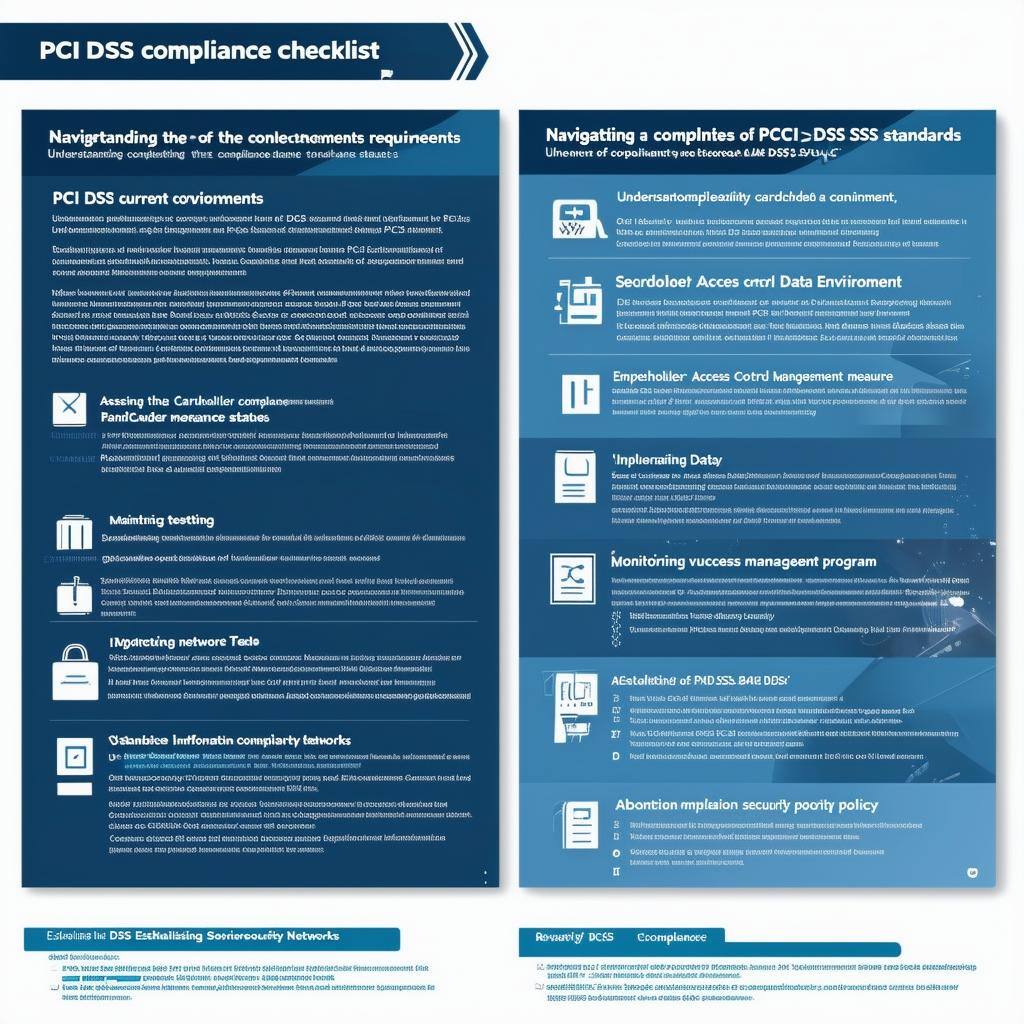Uncovering the Latest CUPS Vulnerability
Intro In the realm of IT and network management, vulnerabilities are a constant concern for professionals tasked with maintaining secure systems. One...

In the realm of IT and network management, vulnerabilities are a constant concern for professionals tasked with maintaining secure systems. One of the most recent threats has emerged in the form of a CUPS Vulnerability, which poses significant risks to enterprises and individuals alike. Understanding the intricacies of this vulnerability is crucial for mitigating its potential impact and securing systems effectively.
The Common UNIX Printing System, or CUPS, is an essential open-source printing system developed by Apple Inc. It enables computers to function as print servers, allowing printing over a network using the Internet Printing Protocol (IPP). Integral to operating systems such as macOS and many Linux distributions, CUPS is a fundamental component that facilitates network printing and manages print jobs and queues.
CUPS supports a broad array of printers and provides advanced functionalities such as printer sharing and job scheduling. These features make it invaluable in both personal and enterprise environments. Through its robust capabilities, CUPS allows users to print from multiple devices seamlessly, managing complex printing tasks efficiently.
Because CUPS is so widely implemented, any vulnerabilities within it can have significant repercussions. The system's widespread use means that vulnerabilities could potentially affect millions of users, leading to unauthorized access to sensitive data and other critical security issues. Therefore, understanding the importance of CUPS is key to appreciating the gravity of any vulnerabilities that may arise within it.
The recent CUPS Vulnerability has raised alarms due to its potential for exploitation. During the vulnerability disclosure, it was revealed that approximately 75,000 CUPS daemons were exposed to the public internet, which could allow malicious actors to exploit these systems remotely and gain unauthorized access or control.
This vulnerability arises from flaws in the CUPS software that could be leveraged to bypass authentication or escalate privileges, leading to unauthorized access to print servers and the sensitive data they handle. Such exposure underscores the importance of addressing the vulnerability promptly to prevent potential data breaches and other security incidents.
Additionally, the vulnerability has a significant scope due to CUPS’ wide implementation across various systems and industries. Attackers exploiting these flaws could intercept print jobs, modify print settings, or access confidential documents. The repercussions are substantial, with potential impacts including financial loss, reputational damage, and compliance issues.
Organizations need to remain vigilant by assessing their printing infrastructure and ensuring all instances of CUPS are properly secured and updated. Implementing strong authentication measures and regular monitoring for unusual activity can also help mitigate these risks.
The potential consequences of the CUPS Vulnerability are extensive, posing significant threats to organizations dependent on networked printing solutions. If exploited, attackers could gain unauthorized access to print servers, enabling them to intercept or alter print jobs, access confidential documents, and change printer settings. This level of access can result in serious data breaches, causing financial losses, damaging reputations, and leading to non-compliance with regulatory standards.
The broad implementation of CUPS across various sectors exacerbates the risk. Industries such as healthcare, finance, education, and government, all of which handle sensitive information, are particularly vulnerable. Attackers targeting these sectors could compromise critical data, potentially leading to identity theft, financial fraud, or the exposure of personal and proprietary information.
Moreover, the ability to manipulate print settings and intercept communications can disrupt operational workflows, leading to decreased productivity and increased costs associated with incident response and remediation efforts. In high-stakes environments, such as hospitals or financial institutions, such disruptions could have even more severe implications, potentially affecting patient care or financial transactions.
Given the interconnected nature of modern IT ecosystems, a breach in a print server could also serve as a gateway for further attacks within the network. Cybercriminals could leverage access gained through the CUPS Vulnerability to move laterally across systems, escalating their privileges and causing broader damage.
Therefore, understanding the potential impact of this vulnerability is vital for organizations. It highlights the need for immediate and effective measures to secure CUPS implementations and protect sensitive data from unauthorized access and potential exploitation.

Intro In the realm of IT and network management, vulnerabilities are a constant concern for professionals tasked with maintaining secure systems. One...

Intro Navigating the complexities of PCI DSS compliance can be daunting for businesses that handle cardholder data. This comprehensive PCI DSS...

Intro In today's digital age, the importance of cyber security cannot be overstated. With the increasing number of cyber threats and attacks,...

On March 9, the U.S. Securities and Exchange Commission (SEC) announced proposed amendments to its rules regarding cybersecurity disclosures to...

Well-executed cyber due diligence is a key factor in the successful closing of a merger or acquisition deal. With cyber threats growing in...
MSP is an acronym for managed service provider while MSSP stands for managed security service provider. The primary focus of MSPs is IT...